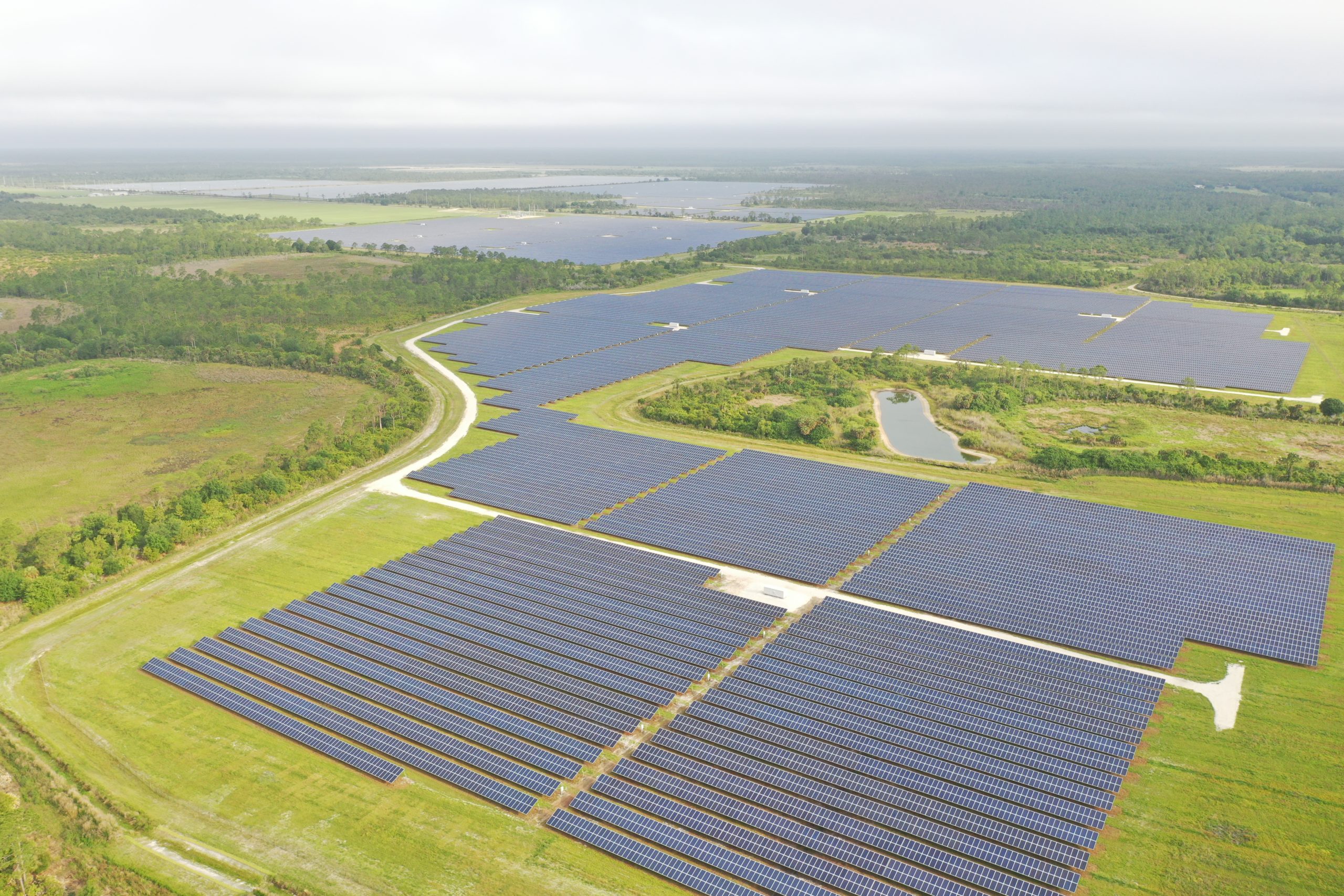The French Senate has voted to cover all parking lots in France above a certain size with solar panels. It is expected to produce 11 gigawatts, bringing France's capacity to 160 gigawatts and nearly double the amount of solar power. What's interesting is the relationship between this panel and the electric car parked underneath.
The law requires properties with more than 80 parking spaces to comply within 5 years, and properties with more than 400 parking spaces in a shorter period of time. This is quite aggressive and will definitely be rejected by the property owner.
I wrote earlier that electric cars will not be a burden to the grid, but can be a lifesaver. The perfect way to achieve this is to install solar power in the parking lot.
Of course, solar panels only provide electricity during the day. Although solar energy is the cheapest form of electricity today, the variability this time poses a problem for most energy uses when people want electricity when they want it. EVs don't really care when they're charging, and when they're parked, it's a great time for them. Electric vehicles are happy to receive electricity when it is needed, and the best way to request it is to offer electricity at low prices during traffic jams. That's exactly what solar panels do. they produce excess in the morning and are then fully utilized in the afternoon when the network is at its peak.
The big advantage of parking panels is the absence of transportation costs. In sunny climates, wholesale prices for early morning solar energy can be as low as 2 cents/kWh, slightly higher in France. Most of the cost of electricity in buildings and homes is divided from distribution and rush hour competition, not from the actual cost of generating electricity. 2 cents per kilowatt hour is almost too cheap to pay attention to. a typical EV driver could spend $60 a year on all their trips at that price. They won't get that price all year long because they want some quick top-ups. In addition, as already mentioned, the cost of construction and the climate and location of France will slightly increase the price.
Compare that to a world where French citizens can easily spend over $3,000 a year on gasoline driving a 25 mpg petrol car. The difference is incredible.
To be most effective, a park sign should be a parking lot where people park in the morning. Apartment buildings also need to be charged, but in the morning, when many cars are owned by commuters, this may not be necessary. You need solar panels on which the car will be parked during the day.
Of course, during the day, the parking lot will sell the excess electricity to the grid for a good price. Unfortunately, they can't charge the car, preferring to charge at night, which is the most convenient time as the driver is asleep. For this reason, France is very well equipped with the world's leading nuclear power plants, which work around the clock. While there are many arguments for and against nuclear power, France has built one, although they are in a rare crisis this year with several nuclear plants out of service due to maintenance issues and low water levels. Without trying to settle the nuclear debate, it should be noted how well France managed this strategy.
Installing solar panels in the parking lot is a bit more difficult as they have to be raised. This may slightly increase the cost. On the other hand, it provides shade and rain/snow protection for the vehicle, increasing its lifespan and reducing cooling requirements.
Leave/read comments



